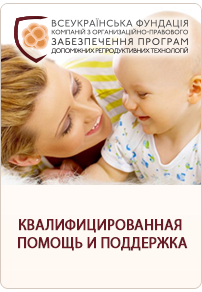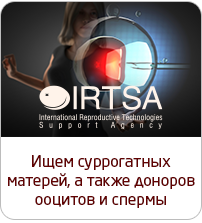Research On Aging Oocytes
On the female side, a common factor in fertility problems is that of aging eggs. As women wait longer to have children, they face the biological clock.
"People may scan the mirror anxiously for the first gray hair or wrinkle, but the cruelest sign of aging for half the human race is visible only on the calendar," says Coleen Murphy, PhD of Princeton University. "When women pass the age of 35, their chances of infertility, miscarriage, and birth defects rise precipitously, driven by the aging and resulting quality decline of their eggs (oocytes)".
With our longer life spans today, reproductive cessation for women now occurs before the midpoint of the average life; and it stands in sharp contrast to the rest of the body's cells, which age much slower. Murphy wanted to find the answer to the question of why that occurs.
Murphy led a study at Princeton to study reproductive and somatic aging at the molecular level. She found that the molecular mechanisms found in reproductive aging, compared to somatic (non-reproductive cell) aging, are completely different. After studying the model organism Caenorhabditis elegans, the worm-like nematode that sparked longevity research in the 1990s with the discovery of gene mutations that caused the worms to live longer, researchers used microarray technology to see which genes were being switched on and off as oocytes aged. Murphy concluded that there was little overlap between the genes required to keep oocytes healthy and the ones that generally extend life span.
These different genetic pathways help explain why a woman's fertility begins to decline after 35 years of age, while her other cells don't show significant aging until decades later. “It seems that maintaining protein and cell quality is the most important component of somatic longevity in worms,” Murphy said, “while chromosomal/DNA integrity and cell cycle control are the most critical factors for oocyte health.”
Despite the fact that the study was done on a lowly worm, the findings may be highly relevant to women. Finding ways to keep oocytes healthy longer would help with fertility for older women, and reduce the risk of age-related birth defects.
"Dr. Murphy's research at Princeton is a nice step forward in our understanding of the mechanisms underlying these differences," says Dr. Roseff. "We've always known that oocyte aging appears to take a different path than other body cell aging. While her research into reproductive aging in worms is important, we will need to see if and how this may translate into oocyte aging in humans."
- The central office of IRTSA Ukraine completely restores work
- How we work during the COVID-19 pandemic
- 1st International Congress on Reproductive Law
- Soon Americans may face a new ethical dilemma
- ‘Friends’ star Jennifer Aniston is pregnant with twins
- Image processing technology can impact the success rates of ivf
- Editing genes of human embryos can became the next big thing in genetics
- Supermodel Tyra Banks undergoes IVF
- Scientists discovered a new, safer way for egg freezing
- French scientists have managed to grow human sperm cells in vitro









